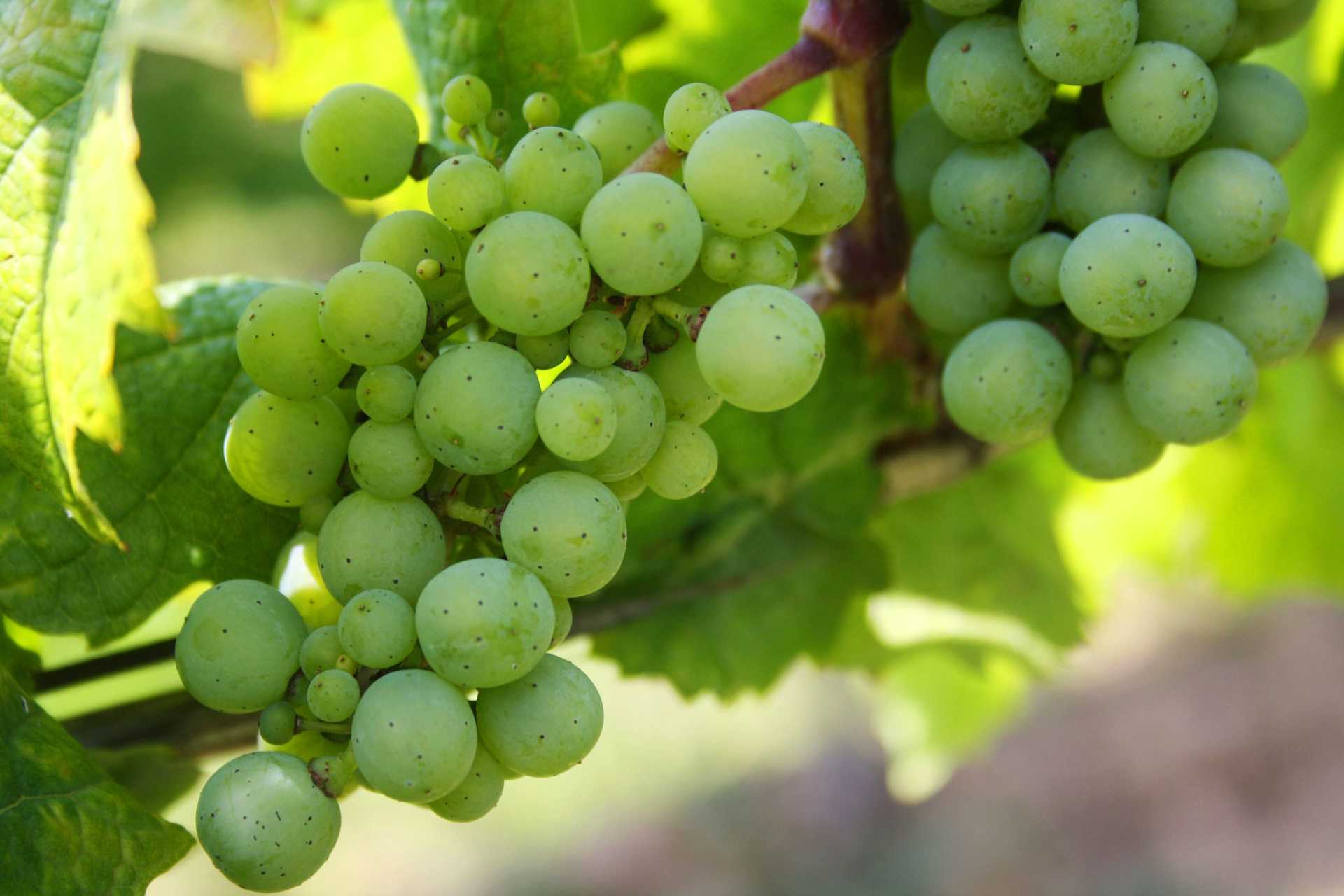Sadie Family Palladius 2012
-
Robert
Parker -
Wine
Spectator


Product Details
Your Rating
Somm Note
Winemaker Notes
The grapes were hand sorted by each individual berry for the entire production into small "strawberry" cases. Fermentation of about three weeks at a temperature of 24C followed by a final maceration. The grapes are pressed in an old basket press and the juice is run off directly to barrel without settling. Some of the Chenin and Viognier are fermented for up to four days onthe skins prior to pressing. The ageing takes place for 24 months on the lees. The Palladius is the result of 24 months of aging as opposed to the more traditional 1618 months. We found that the very special sites and fruit were quite up to a complete 24 monthageing prior to bottling. The additional 6 months of ageing just meant higher levels of stability and clarity without the sacrifice of any of the other qualities and the character of the wine.
Blend: 33% Chenin Blanc, 16% Roussanne, 11% Grenache Blanc, 11% Semillon Blanc & Semillion Gris, 11% Palomino, 6% Viognier, 6% Clairette Blanche, 6% Verdellho
Professional Ratings
-
Robert Parker's Wine Advocate
The 2012 Palladius is the usual blend Chenin Blanc, Grenache Blanc, Clairette Blanche, Viognier, Verdelho, Roussanne, Semillon Gris, Semillon Blanc and Palomino. It has a lovely nose of white flower, melted butter, lanolin and honeysuckle all beautifully defined. The palate is medium-bodied with smooth lightly honeyed fruit, pitch perfect acidity and a caressing but complex waxy finish. Killer South African white wine.
-
Wine Spectator
Intense, with ripe, lush layers of creamed Jonagold apple, Cavaillon melon and glazed peach fruit, enlivened by dried chamomile, quinine and bitter citrus oil notes. The long finish flows beautifully, with the fruit and floral elements draped over a well-embedded mineral edge. This has depth and energy, and should cellar well. Chenin Blanc, Roussanne, Grenache Blanc, Semillon, Semillon Gris, Palomino, Viognier, Clairette Blanche and Verdelho. Drink now through 2022.
Other Vintages
2021-
Robert
Parker -
James
Suckling
-
Wine &
Spirits
-
Robert
Parker -
Wine
Spectator
-
Robert
Parker
-
Wine
Spectator -
Robert
Parker - Vinous
- Decanter
-
Wine
Spectator
-
Wine
Spectator
-
Wine
Spectator -
Robert
Parker
-
Wine
Spectator -
Robert
Parker


The Sadie's two wines, Columella and Palladius, originate in the soils in the Swartland region, which stretches north of Cape Town between Durbanville and Piketberg, inland from the Atlantic Ocean, and centered on the town of Malmesbury. Importantly, the area has a remarkably stable climate, allowing a consistent level of quality each year, in subtly different vintage conditions.

With hundreds of white grape varieties to choose from, winemakers have the freedom to create a virtually endless assortment of blended white wines. In many European regions, strict laws are in place determining the set of varieties that may be used in white wine blends, but in the New World, experimentation is permitted and encouraged. Blending can be utilized to enhance balance or create complexity, lending different layers of flavors and aromas. For example, a variety that creates a soft and full-bodied white wine blend, like Chardonnay, would do well combined with one that is more fragrant and naturally high in acidity. Sometimes small amounts of a particular variety are added to boost color or aromatics. Blending can take place before or after fermentation, with the latter, more popular option giving more control to the winemaker over the final qualities of the wine.

With an important wine renaissance in full swing, impressive red and white bargains abound in South Africa. The country has a particularly long and rich history with winemaking, especially considering its status as part of the “New World.” In the mid-17th century, the lusciously sweet dessert wines of Constantia were highly prized by the European aristocracy. Since then, the South African wine industry has experienced some setbacks due to the phylloxera infestation of the late 1800s and political difficulties throughout the following century.
Today, however, South Africa is increasingly responsible for high-demand, high-quality wines—a blessing to put the country back on the international wine map. Wine production is mainly situated around Cape Town, where the climate is generally warm to hot. But the Benguela Current from Antarctica provides brisk ocean breezes necessary for steady ripening of grapes. Similarly, cooler, high-elevation vineyard sites throughout South Africa offer similar, favorable growing conditions.
South Africa’s wine zones are divided into region, then smaller districts and finally wards, but the country’s wine styles are differentiated more by grape variety than by region. Pinotage, a cross between Pinot Noir and Cinsault, is the country’s “signature” grape, responsible for red-fruit-driven, spicy, earthy reds. When Pinotage is blended with other red varieties, like Cabernet Sauvignon, Merlot, Syrah or Pinot Noir (all commonly vinified alone as well), it is often labeled as a “Cape Blend.” Chenin Blanc (locally known as “Steen”) dominates white wine production, with Chardonnay and Sauvignon Blanc following close behind.
